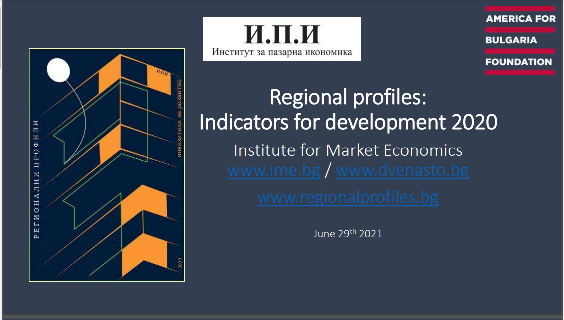2% in your municipality - the mayors with a clear message for change
IME actively participated last week in the traditional Annual Meeting of Local Authorities. The forum brings together all mayors in the country and gives direction to local government for next year.


